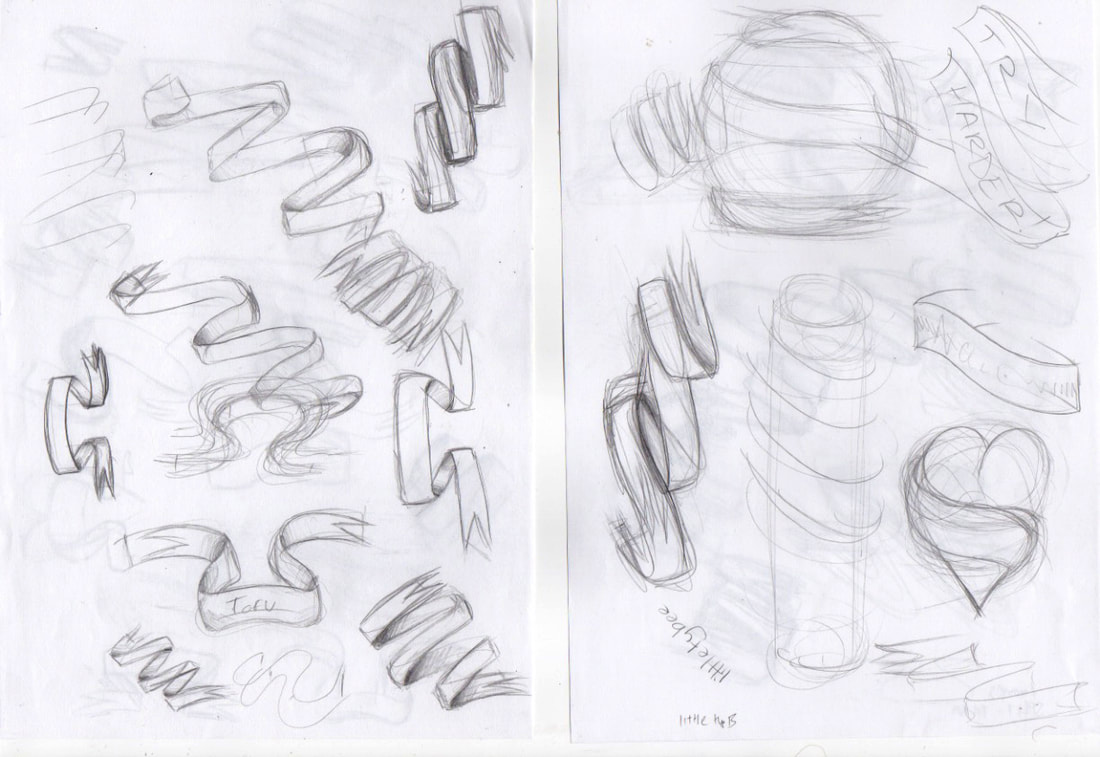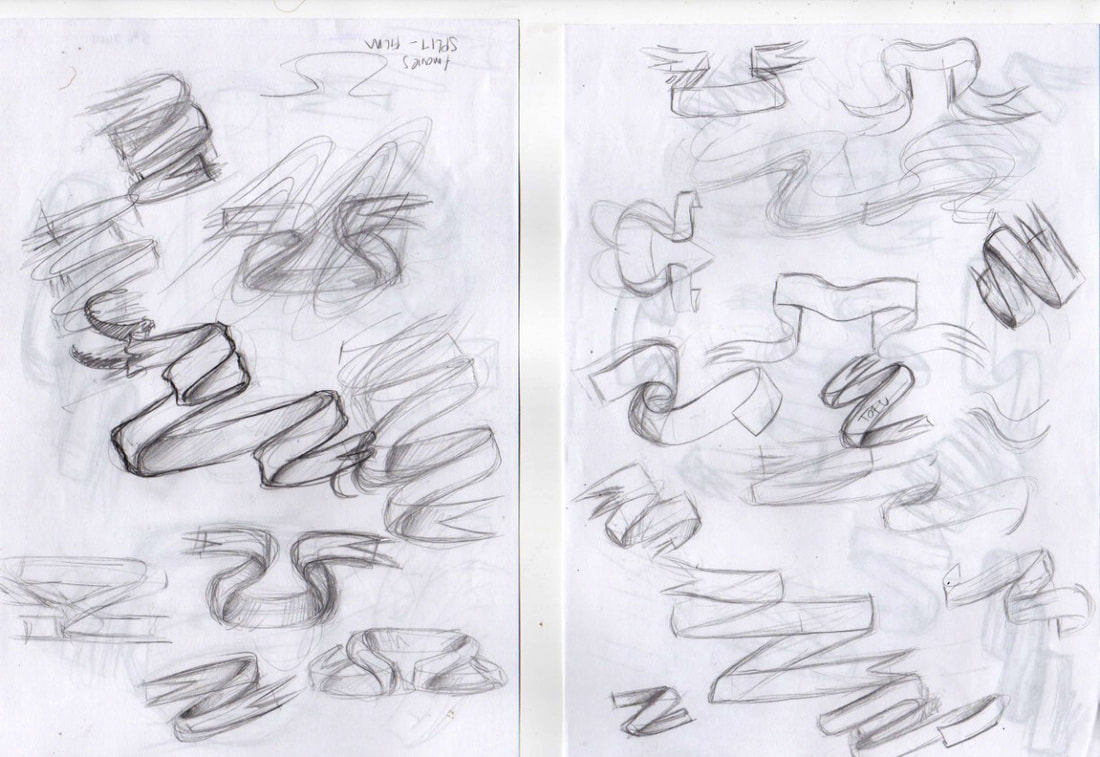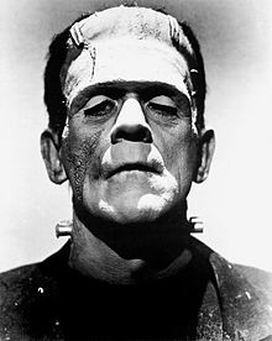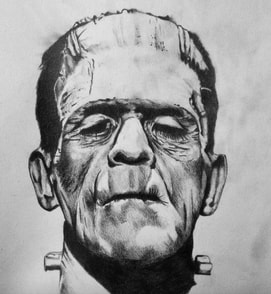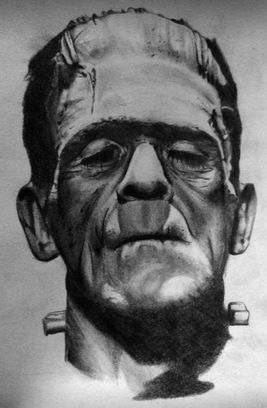After the main morning duties are complete I assist on desk, attending to customer enquiries and booking appointments after a consultation with an artist. Every time a customer requests a piece I have began to consider what their motivation is, and contemplate if their requested visual image is the most suitable to portray the intended message. These contemplations and observations assist in my consideration of avenues for my PhD research question to explore (see previous posts).
My apprentice-related tasks for the past few months have largely been to create carbon-copies of existing designs that other artists in the studio have created for tattoos they have executed. The process involves taking the printed design, placing it on stencil paper (which is essentially thick carbon paper which is placed onto the skin and acts as a guideline for the artist to go over with the tattoo machine) and going over the design with a pen.
The pressure applied to the stencil via the nib of the selected pen must be particularly firm. This is in order to ensure that once placed onto the skin of the client, the outline is strong, bold, and visible – unable to be be wiped away over the course of a longer sitting. Attempting to get the balance of firmness correct proved difficult, as I am used to drawing with a fineliner – being careful not to break the nib. This exercise involved using a much thicker and coarser ballpoint ben, which naturally is less fluid then a fineliner, but able to take much more pressure without breaking.
It was explained to me that the purpose of the exercise was to teach me to get used to creating lines and drawing in shapes that weren’t my own, which is something that tattooists must be familiar with as often the client may request a design that is outside of what the artist may ordinarily do. The larger designs often contain small details that interrupt the line, which is a technique used in designing tattoos that prevents the artist from having to tattoo a line or shape in a single pass; the introduction of a new element allows for a line break, thus ensuring a cleaner design.
I spent around 3 months or so redrawing the stencils of tattoos that had been completed, all of which where from a variety of artists who work in very different ways and of tattoos that where drawn in a variety of styles. One of the many benefits of working in a studio with such a diverse range of artists is that each of their individual processes are different from each other, and their use of a stencil is equally unique. This diversity helped in getting out of my own habits/approaches and being malleable to working in whatever way the design dictated, understanding how to interpret the works of others and make sense of it for myself. This was one of the primary purposes of the task.
Another part of the exercise is about not leaning into the stencil using the resting part of the drawing hand, as this could cause some of the carbon t be released onto it, which can interfere with the clarity of the design. Some of the examples shown are from early attempts of intricate pattern work design, where I have made a few notable errors. Hand position (as I later found out) is also important as there are specific ways to have your hand when holding a tattoo machine, so as to avoid wiping of the stencil and ensure that the needle is not going into the skin at too much of an angle (which would result in varied line qualities that aren’t understood as ‘clean’).
The process of creating stencils differs for each artist, depending on the design and how it’s been created. The deign may be hand drawn, digitally composed (often on an ipad) or drawn directly from the outlines of a photograph. Although hand stencilling is uncommon for most designs with a stencil machine being available (a device similar to a fax machine used to create carbon copied stencils), an understanding of the process is important in order to know what to do without a machine should any technological issues occur. Establishing awareness of the processes is part of a tradition that enables an apprentice to have full understanding of the reasons why such routines exist. Continuing to do the exercises increases both technical ability while paying homage to the education that is deemed respectable within the tattoo community.
Adam McDade
Illustrator, Tattoo Apprentice, and PhD Research Student.
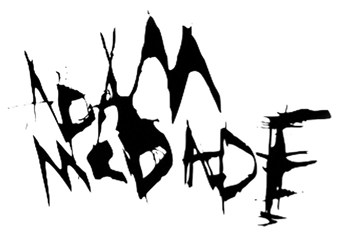
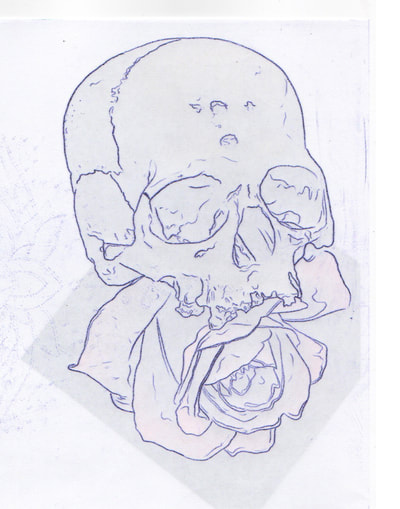
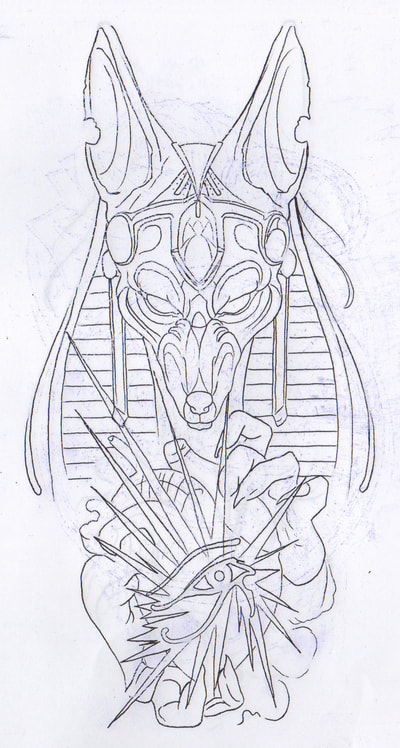
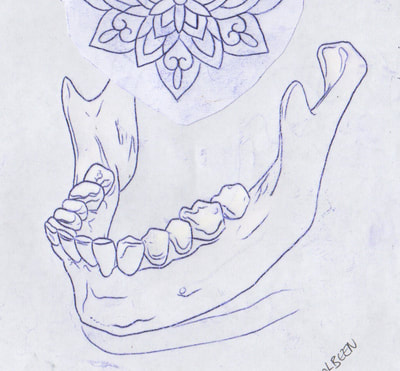
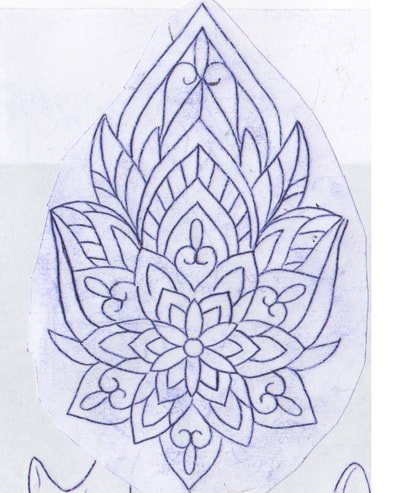
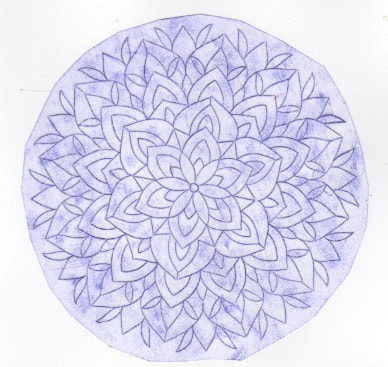
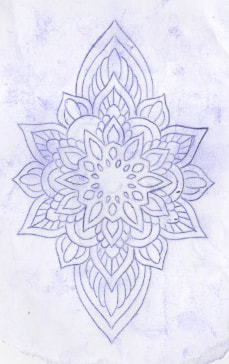
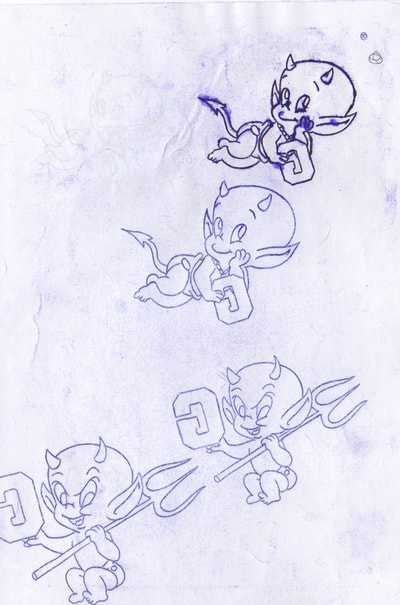
 RSS Feed
RSS Feed 